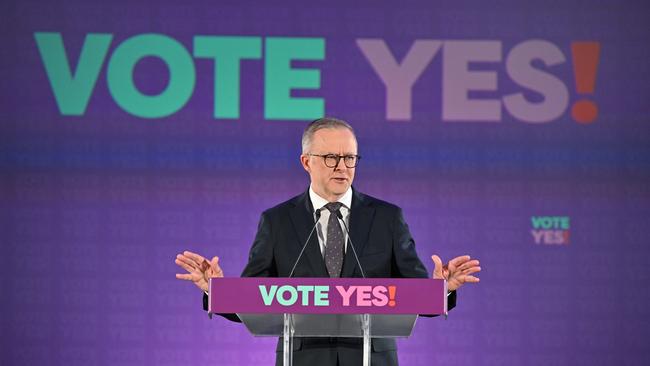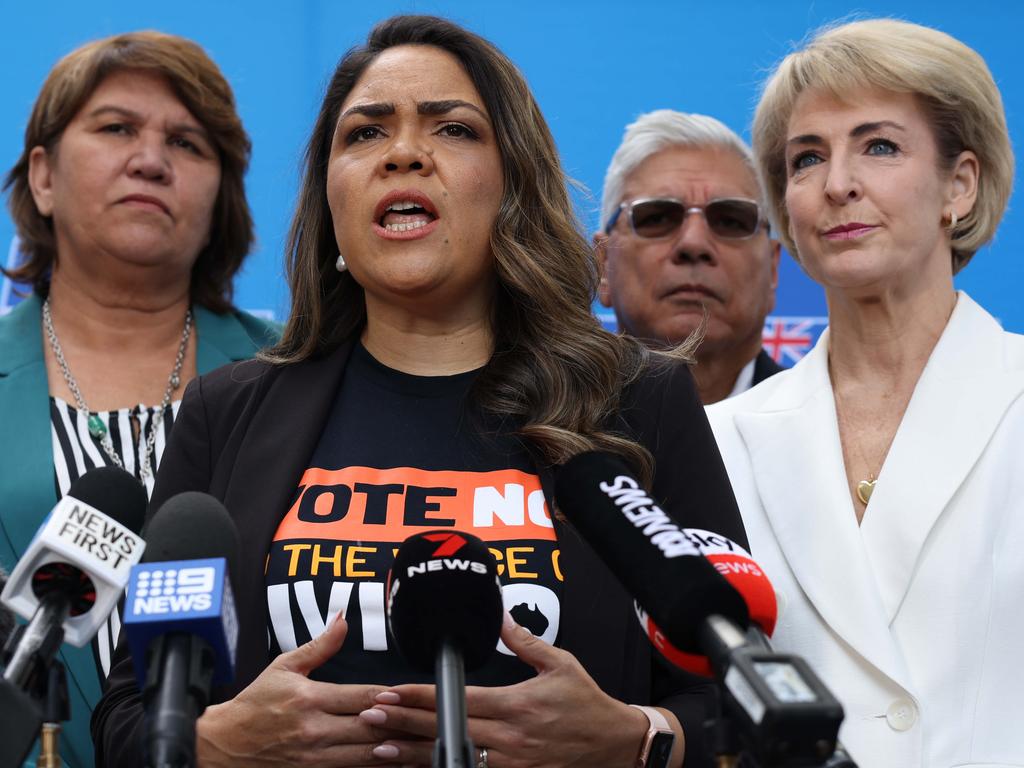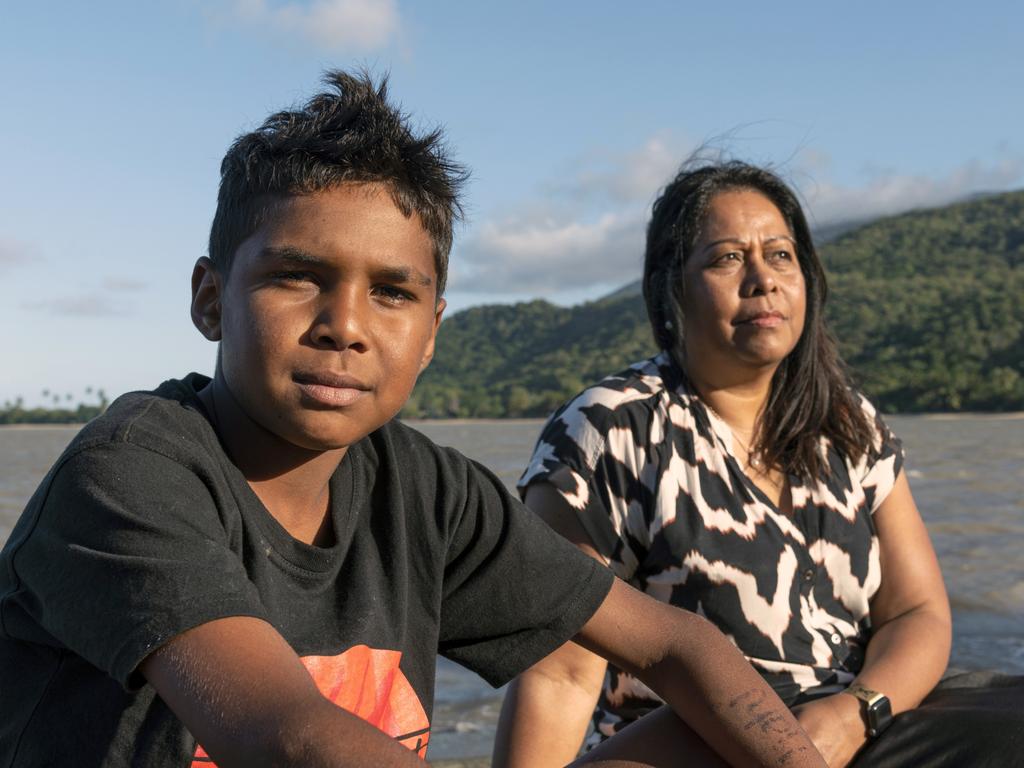Anthony Albanese did not deliver a speech like Paul Keating’s Redfern address but it works


This was not a speech with the gut punch of Paul Keating’s 1992 Redfern address but it is fit for purpose. This is Albanese talking to a new generation of busy Australians who know they are going to have to make a decision in six weeks and just want to know what this thing is.
The government knows many people are only now turning their attention to the referendum. In short, sharp sentences made for social media, Albanese has told them straight: you will be voting for an idea whose time has come.
He has simplified his message and focused on what others have been telling him is a key point: money. The speech addresses deep concerns about the vast amounts spent in Indigenous affairs for very poor results.
Albanese gets to the point voice proponents have been emphasising for years when he explains that taking advice from Indigenous communities about where the failure and waste is will lead to savings. This is in part a quiet acknowledgment that not every voter is interested in the voice as a form of recognition for Indigenous Australians.
Many may not believe it is, as Albanese has previously said, the right thing to do. As one person familiar with the government’s approach explained, there are a whole range of views out there, even among voice supporters.
Many are rightly worried about cost of living. The government is now trying to deliver its messages about the voice in a way that will make sense to all people.
Albanese’s speech was notable for what it did not include. He did not anticipate criticism that there was no final voice model proposed. He resisted pointing to the 272-page voice report that Marcia Langton and Tom Calma oversaw for the Coalition in 2021.
He did not even get bogged down in an explanation of how the voice model would be parliament’s job, after Australians get their say on what the voice should look like in a consultation process if the referendum succeeds.
This is a speech more like dot points. With some heart. “My fellow Australians. What Aboriginal and Torres Strait Islander people want for their children is what you want for yours,” he said. “Staying healthy, doing well at school, finding a job they love. Being safe and leading fulfilling lives. That’s why they are asking you to say yes at this referendum.”






Anthony Albanese has delivered a clear summary of the voice that leaves some of his earlier, less concise explanations for dead.